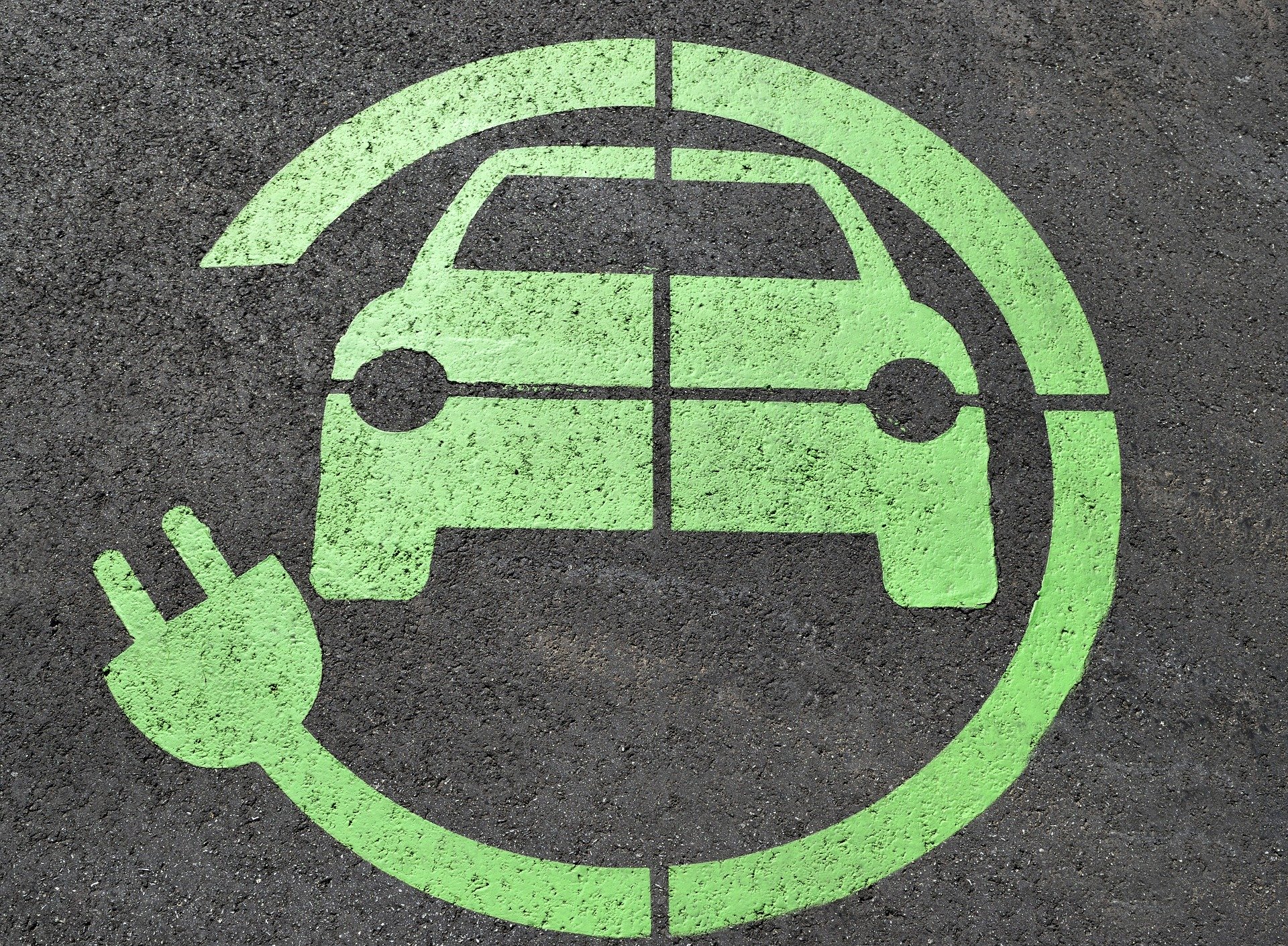
While battery electric vehicle (BEV) financial incentive programs boost electric vehicle adoption, regional electricity grids play a significant role in dictating whether these programs are cost-effective when it comes to reducing carbon emissions, according to Bentley Clinton, a postdoctoral associate at the MIT Energy Initiative and MIT’s Center for Energy and Environmental Policy Research, and Daniel Steinberg, a senior researcher at the National Renewable Energy Laboratory. Clinton and Steinberg’s findings appear in the November 2019 issue of the Journal of Environmental Economics and Management.
Analyzing the link between financial incentive programs, BEV adoption, and consumer behavior
To assess how financial incentive programs affect consumer behavior at the state level, Clinton and Steinberg evaluated vehicle registration and financial incentive data across the U.S. from 2011 to 2015. They looked at two kinds of state-level incentives: tax credits and purchase rebates. Rebates are available to the buyer at the time of purchase, while tax incentives are offered as credits against the buyer’s annual state tax liability.
Rebate incentives were associated with a rise of approximately 8% in BEV registrations for every $1,000 in rebates offered, which is equivalent to an increase of about 11% in overall BEV registrations across the states that offered them.
“Our analysis indicates that incentives drive BEV adoption,” says Clinton. “When we assessed rebates and tax credits separately, we discovered that the boost in BEV registrations was mostly due to rebates.” He explained that there was insufficient data to draw a conclusion about how tax credits affect BEV adoption because few states varied their tax credit policies during the study period. However, multiple states enacted rebate incentive policies or ended incentive periods during this time frame, which allowed the researchers to identify a positive correlation between rebates and BEV adoption. Clinton notes that more research in this area is needed—particularly on tax credit incentives—as the market matures and more states modify their policies.
The researchers also examined possible differences in consumer responsiveness to incentives based on the vehicles that consumers ultimately purchased. Because Tesla vehicles are typically more expensive than other BEV models, Clinton and Steinberg hypothesized that Tesla buyers are likely to be wealthier than consumers of alternative brands. As a result, Tesla buyers might be less likely to base their automobile purchase on incentives than those in lower income brackets. On the other hand, these wealthier consumers could have higher state tax liability. BEV incentives would then be more attractive to them because they would be more likely to redeem a state tax incentive’s full value.
“Going into this research, I anticipated that we might observe different effects for the Tesla versus non-Tesla buyers, but—at least in our sample—that turns out to not be the case,” says Clinton. Despite the additional factors that might be at play for Tesla buyers, the researchers found that increases in BEV adoptions were consistent across Tesla and non-Tesla car models. He nonetheless emphasized that without data on individual consumers, it is difficult to draw definitive conclusions regarding the relationship between socioeconomic factors and BEV incentive effectiveness.
Comparing CO2 emissions reduction savings to costs of financial incentive programs
Since one goal of electrifying transportation is to reduce carbon emissions, Clinton and Steinberg compared the value of the CO2 emissions avoided by the switch to BEVs with the costs of the incentive programs. They assessed the value of avoided CO2 emissions from incentivized BEV registrations by applying a model of emissions damage estimates for electric vehicles from Holland et al. (2016).
The researchers found that for most states in the study, the costs of the incentive programs alone were higher than the value of CO2 emissions avoided. But such programs could become cost-effective when coupled with low-carbon electricity grids. “To see environmental benefits of EV rebate incentives, we need to achieve low-carbon technology breakthroughs in the electricity sector in tandem with the electrification of the transportation sector,” says Clinton.
Though further work is needed to understand what an electrified transportation sector means for BEV manufacturing and consumption, this study provides insight into the role that financial incentives play in BEV registration. “In this work, we aimed to determine whether financial incentives influence BEV adoption. Our results provide some evidence that they do,” Clinton says. He next plans to look into measuring the non-emissions benefits of BEV incentive programs and other factors that may drive consumers to purchase BEVs, such as the lower maintenance costs associated with EVs, compared to petroleum-powered vehicles.